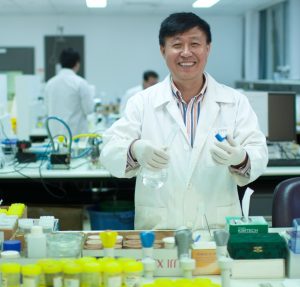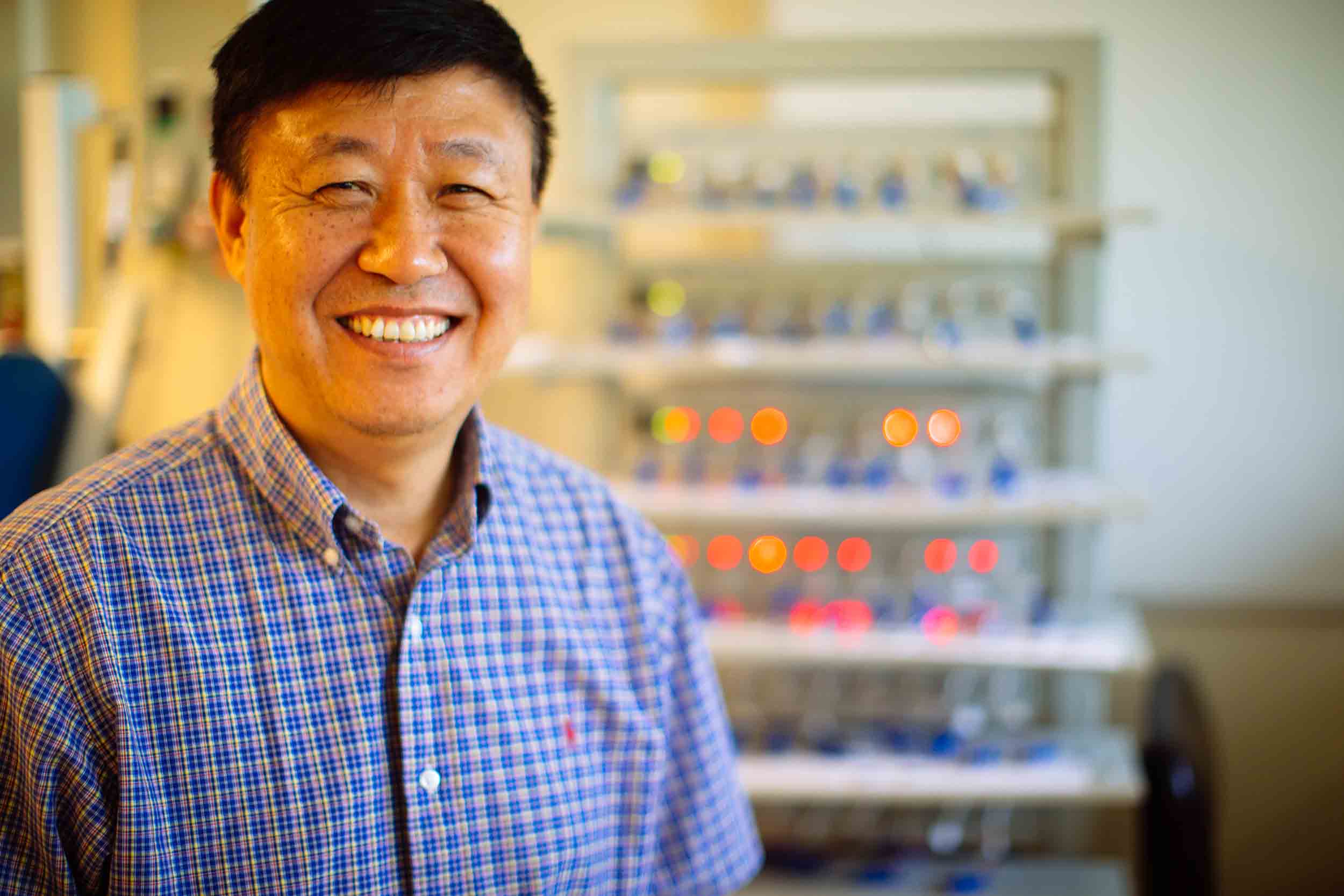A Griffith University researcher will lead a $1 million research project into a new kind of low-cost, energy-saving ‘smart window’.
ProfessorHuijun Zhao, director of Griffith’s Centre for Clean Environment and Energy, has been awarded $513,210 from the Australian Governmentthrough the Australian Research Council’sLinkage Projectsscheme to develop the window that contains a glassthat is able to change its colour and the amount of light or heat it transmits.
With substantial cash and in-kind support leveraged frompartner organisation Confirmation Australia Pty Ltd, Professor Zhao and his team will develop low-cost and scalable synthesis of functional nanomaterials that make smart windows work.

Professor Zhao said windows played an important role in the energy efficiency ofoffices, schools and homes, and the new smart windows promised significant energysavings byreducing reliance on air conditioning, heating and artificiallighting.
“Besides residential buildings, this is particularly important for office buildings, hotels, and schools where the energy consumption for heating, ventilation and air-conditioning (HVAC) and lighting are more than 70 per cent of the total energy consumption,” he said.
“The ease of energy exchange through conventional windows can be almost ten times that of insulated walls and this energy wastage can account for more than 50 per cent of the energy consumed for HVAC, especially during the summer and winter.”
The research project will also facilitate thecommercialisation of the new windows by investigating how the new materials can be integrated into the glass manufacturing process to assist Australia’s manufacturing industry and environmental sustainability.
“The intended outcomes of this project will facilitate the wide-spread adoption of energy-saving smart windows, alleviate pressure on the rising energy demand and contribute to the goal of sustainable working and living environment,” Professor Zhao said.
“With the advancement of materials science and the Internet of Things, smart windows will be more prevalent and will be important in building automation and energy management. Smart windows can offer several dynamic functions such as self-cleaning, thermochromics and solar-harvesting, and user-controlled functions such as heating, electrochromics, and interactive display.”
Australian Research Council (ARC) Acting Chief Executive Officer, Ms Leanne Harvey, congratulated Griffith University and Professor Zhao saying, “It is always exciting to see the ARCLinkage Projectsscheme bringing together university researchers and industry to collaborate on innovative research and development projects, such as this one. I wish Professor Zhao and his collaborators all the best and look forward to seeing the beneficial outcomes that will arise from this research.”
Griffith’s Pro Vice Chancellor (Sciences) Professor Andrew Smithsaid: “An extremely innovative development towards smart building technology for sustainable living, also with very significant implications for glass house applications in commercial horticulture”.
Feature photo credit: Samuel Lindsay.
